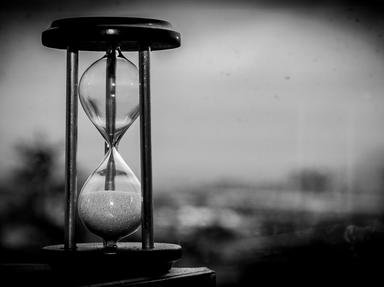
When's the Party? Trivia Quiz
It's time to RSVP because you're invited to this main event. In this quiz, there are ten different parties. All you need to do is put them in order of when they occurred in history. Good luck!
An ordering quiz
by kyleisalive.
Estimated time: 3 mins.